Sensors have always been the unseen elements that make complex machines perform at their optimal level. This is true for all kinds of machines, including the latest generation of packaging machines.
Companies that need to invest in packaging machines value flexibility where a single machine can handle a wide range of package sizes and formats. This requirement is often met with intelligent size changeover. An example comes from the SIKO electronic position indicators used to simplify the changeover process on SOMIC packaging machines.
SOMIC is well known for innovative solutions in end-of-line packaging machines, i.e. for secondary and tertiary packaging. These include wraparound packers, tray packers or tray lid packers as well as machines for display packaging presented to customers in the supermarket. Here, either the wraparound carton has a typical tear perforation or, in the tray lid version, the lid is removed and the product is presented in the tray. SOMIC machines are characterized primarily by the fact that the respective carton is folded around the product in its primary packaging and not inserted into a pre-folded carton via picker, as is the case with other machines.
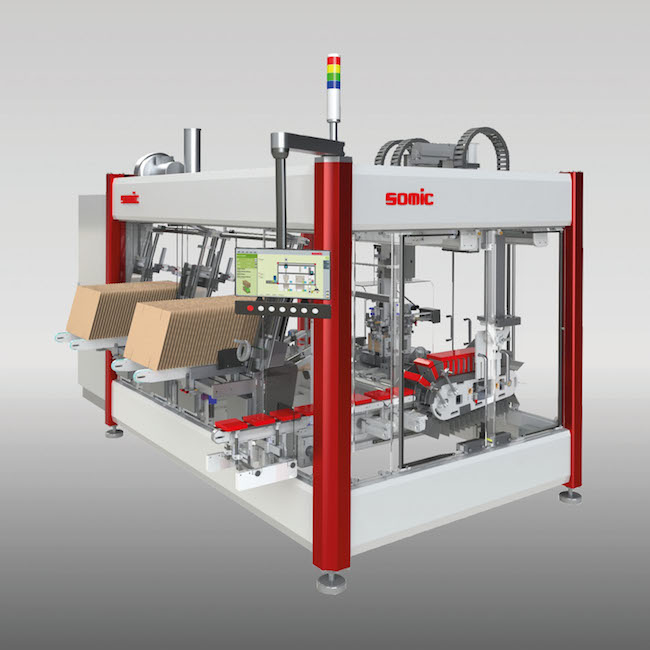
SIKO mechanical position indicators are installed in all SOMIC machines for possible size changeovers to different product or packaging sizes. “We have already enjoyed many years of good cooperation with SIKO in the field of mechanical position indicators”, says Dr. Johann Härtl, Head of Construction at SOMIC. “For about nine years now, we have also been using the electronic, bus-compatible SIKO displays, first the AP04 and now the successor model AP05. They are compact, easy to integrate into the machine control system and very user-friendly in terms of readability and clarity.” Adjustments on SOMIC customer machines are different: “There are machines with only one format setting, so-called Highrunner lines. Other customers, on the other hand, have up to 20 or 30 formats on the lines and make full use of the flexibility. Some even produce wraparound and tray packaging on a single machine, where a wide variety of products need to be packaged. SOMIC covers a large product range in the food sector, but also in non-food, pharmaceuticals and cosmetics.”
Process reliability with red/green system
The integration of the electronic SIKO position indicators offer a number of advantages of monitored size changeover including faster changeover times, ergonomic operation and high process reliability. The operator selects the respective format, which is stored as a recipe in the machine control system, and the system sends the new set values to the displays to be adjusted. The backlit LCD displays are easy to read and also feature green and red status LEDs. When the correct value is reached by turning a crank, the LED changes to green: Position reached. Otherwise the LED will continue to light up red and readjustment is necessary. Arrows also conveniently indicate the direction in which adjustment is required. As the communication interface of the SIKO position indicators in the machine control always provides the current position information, it effectively rules out incorrect settings which could lead to quality problems or even damage to machine parts upon restarting. Adjustment with electronic displays is much more efficient, especially on machines with many adjustment points and frequent changes. The machine stores all default values so that target positions no longer have to be manually selected from format lists.
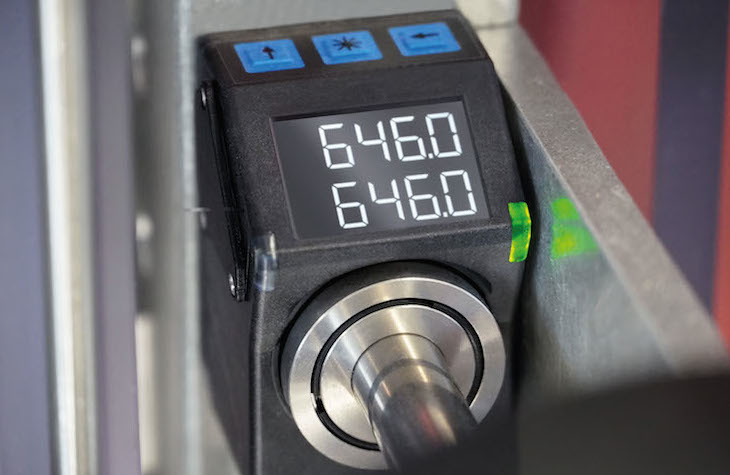
With SOMIC, the factors of time savings and efficiency are not only guaranteed by electronic SIKO position indicators when changing formats, but also by the “Quick Change Principle”. Here, format parts are changed in their entirety in the machine. All that’s needed is a quick-release fastener, which means that no further tools are required. Taken together (adjustment via electronic position indicator and Quick Change principle), SOMIC packaging machines can be converted to new dimensions much more efficiently.
As Dr. Härtl points out, “The AP05 is optional; mechanical SIKO meters are installed as standard. However, the trend is clearly moving towards electronically monitored indicators, especially since around 90 to 95 percent of our machines require size changeovers.” Approximately 50 percent of the company’s customers already use the electronic version, with SOMIC expecting a further increase. Härtl adds that “The digitalization of machines continues to increase. And the AP05 is one more sensor that helps me to record machine data.”


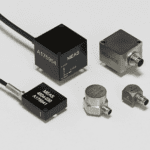
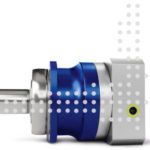

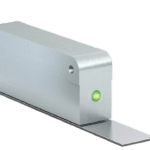

Leave a Reply
You must be logged in to post a comment.